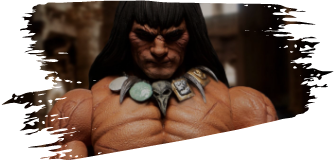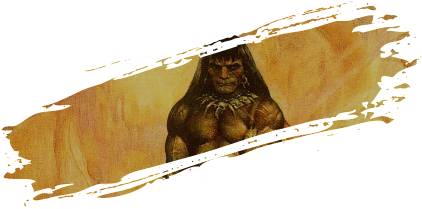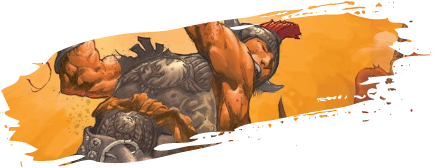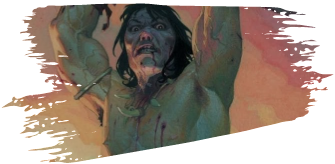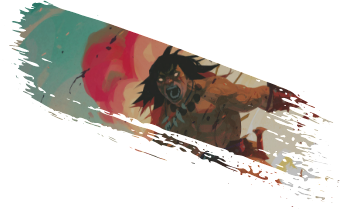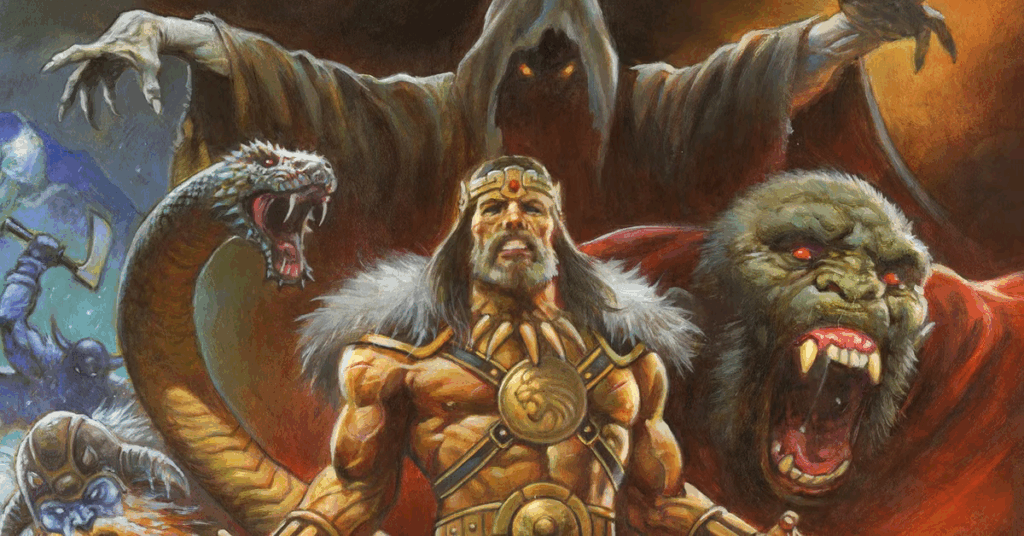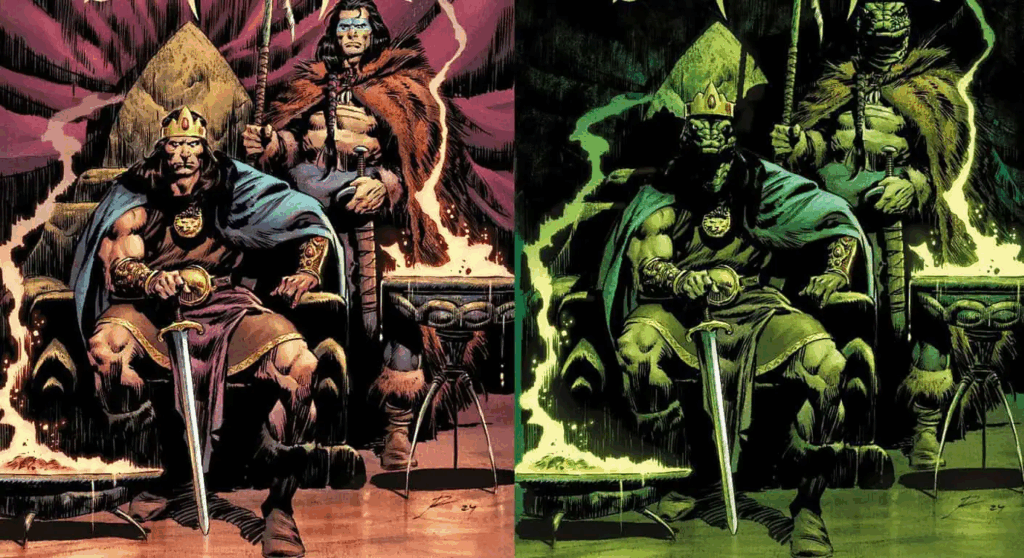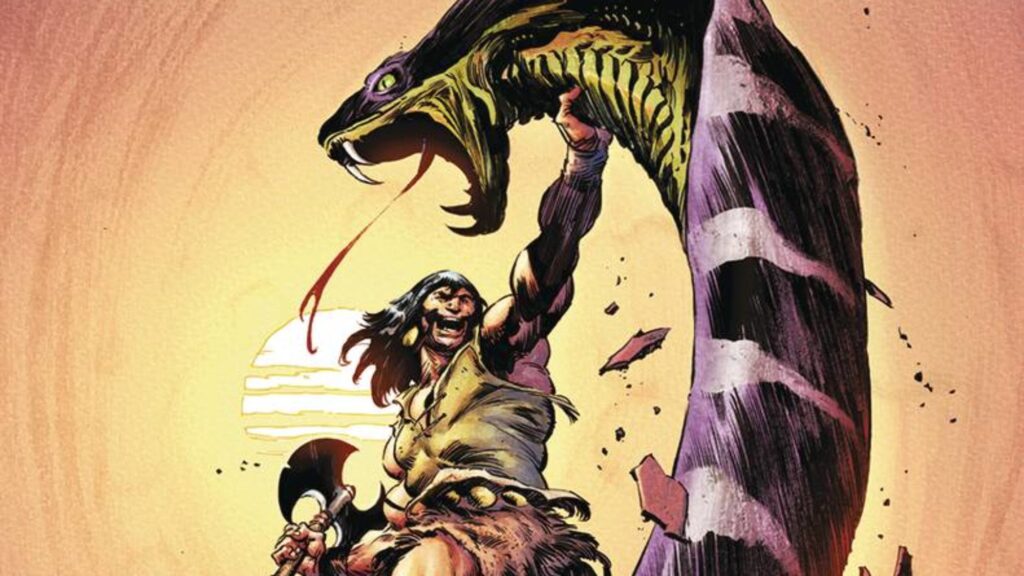
For decades, Howard fans have glimpsed the serpent cult’s shadow across countless stories.
Now, in an exclusive interview, writer Jim Zub pulls back the curtain on SCOURGE OF THE SERPENT, the Free Comic Book Day prelude to an event that binds together the Thurian Age, the Hyborian Age, and the 1930s into one blood-soaked confrontation with Set’s grand design.
What makes an 18-year-old Conan’s seemingly simple museum heist the lynchpin of Howard’s entire mythology? How does Brule’s first meeting with King Kull connect to modern-day occult investigator John Kirowan?
Zub reveals his master plan below.
Blood on Steel: A Recap of Conan the Barbarian Issues 17 – 20
The Cimmerian’s path has been anything but peaceful in recent months. After his harrowing encounter with the Frost Giant’s daughter and the merciful intervention of Ymir himself, Conan has traveled through fire and shadow, love and loss, all unwittingly drawing closer to an ancient evil that has slithered through the ages.
When we last saw our barbarian hero, he sailed the high seas aboard The Tigress with his greatest love, Bêlit. Their passionate adventures led them to Kyros, where what should have been a pleasant respite quickly spiraled into chaos. A mysterious artifact – the Fangs of the Serpent – made its first appearance, a dual-pointed dagger with properties far beyond mortal understanding. When wielded by a Stygian envoy, the dagger transformed the man into something inhuman: a lizard-man of terrifying strength who managed to wound Conan before being dispatched by Bêlit.
This seemingly minor wound would carry consequences far beyond what our hero could imagine.
Fate’s cruel hand soon struck down Bêlit, and a grief-stricken Conan wandered the Black Kingdoms, carrying both his sorrow and something far more insidious within him. It was here that the shape-shifting shaman Zula sensed the corruption within Conan’s blood. Through a dangerous ritual at an ancient monument, Zula extracted a snake-like demon from Conan’s wound and offered proof that darker forces have been watching our barbarian for far longer than he realized.
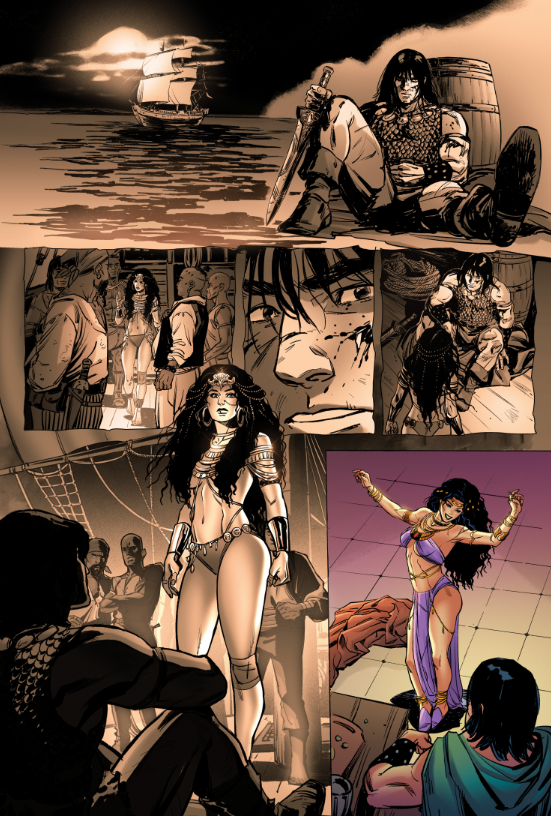
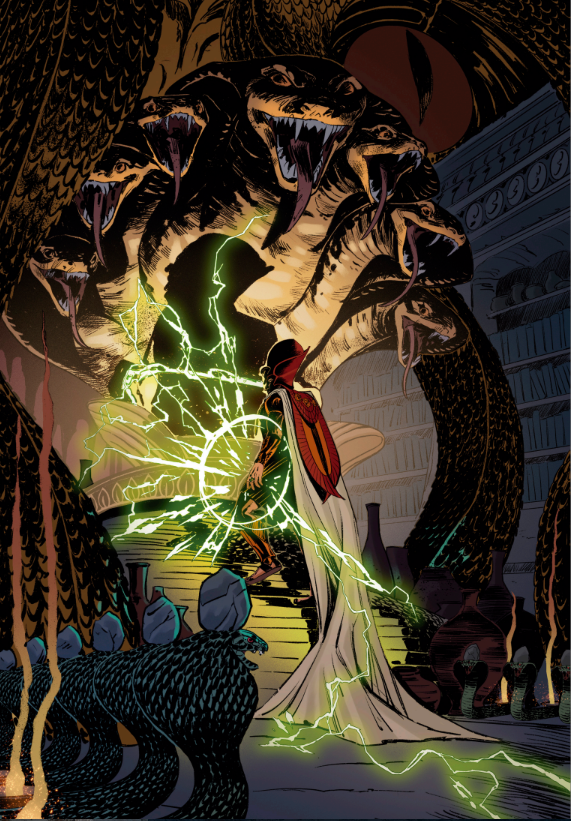
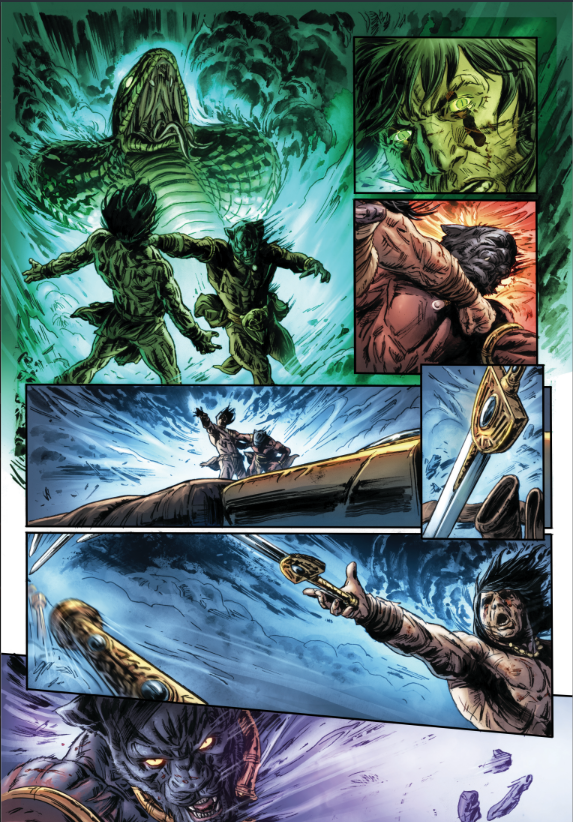
And what of the Fangs of the Serpent? Last seen in the hands of the thief Tarnasha, who fled to Asgalun hoping to cash in on her prize… only to discover that some treasures carry curses far deadlier than their worth.
Little did Conan know that this brush with serpent magic was merely the first coil tightening around him, a prelude to an ancient conflict that stretches back to the Thurian Age of Kull and forward to realms he cannot yet imagine.
The Vision for Scourge of the Serpent
The snake-demon extracted from Conan’s wound. The transformative power of the Fangs of the Serpent. These are manifestations of an ancient evil that has persisted throughout the ages. As Scourge of the Serpent author Jim Zub explains, the serpent’s coil tightens around not just Conan’s era, but reaches both backward and forward through time itself.
“Scourge of the Serpent is about three different times and three different stories, but also how they’re happening simultaneously in terms of metaphysical reality—that each one can affect the other because they’re all taking place NOW,” Zub explains. “It’s a heady concept, but also right in line with recursive cycles Robert E. Howard wove into his pulp tales. So thematically it was already there, I’m just pulling those strings together to make a rope, narratively-speaking.”
That cosmic rope binds Conan’s struggles in the Hyborian Age to both the distant past and the far future: to Brule the Spear-Slayer in the ancient Thurian Age of King Kull, and forward to occult investigator John Kirowan in the 1930s. The serpent cult that has been lurking in the shadows of Conan’s recent adventures are revealed to be part of a threat that spans the entirety of human history.
However, tracing the slithering path of this ancient evil across time requires masterful storytelling techniques. Luckily, Zub is surrounded by incredible creative talents who are more than capable of bringing this audacious vision to life.
“Right off the bat, line artist Ivan Gil and colorist Joao Canola are brilliant,” Zub notes. “Figuring out the scene transition points has been fun—symbols, objects, or lines of dialogue that can ease us from place to place and time to time…Beyond that though, we’ve talked quite a bit about using the environments and color palettes to quickly differentiate between our three narratives. The 1930’s material is obviously a lot easier to identify, while the Thurian and Hyborian ages need an extra-careful hand in terms of color, mood, and architecture.”
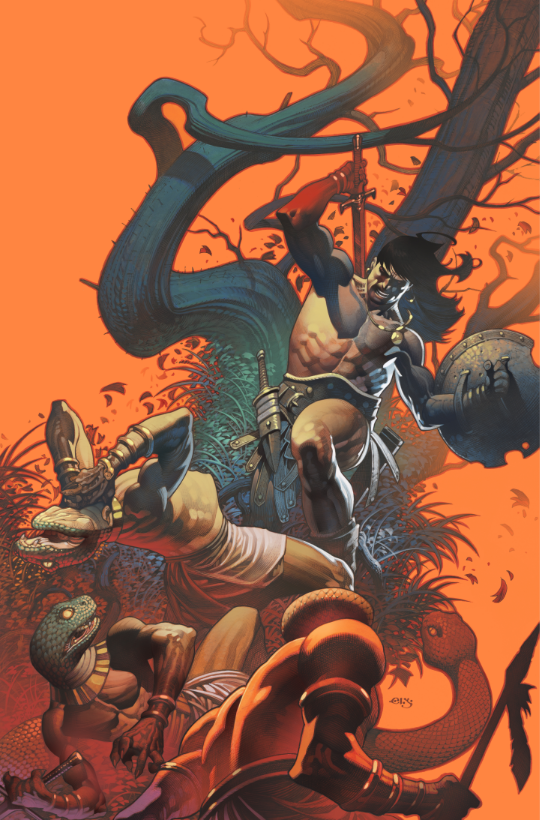
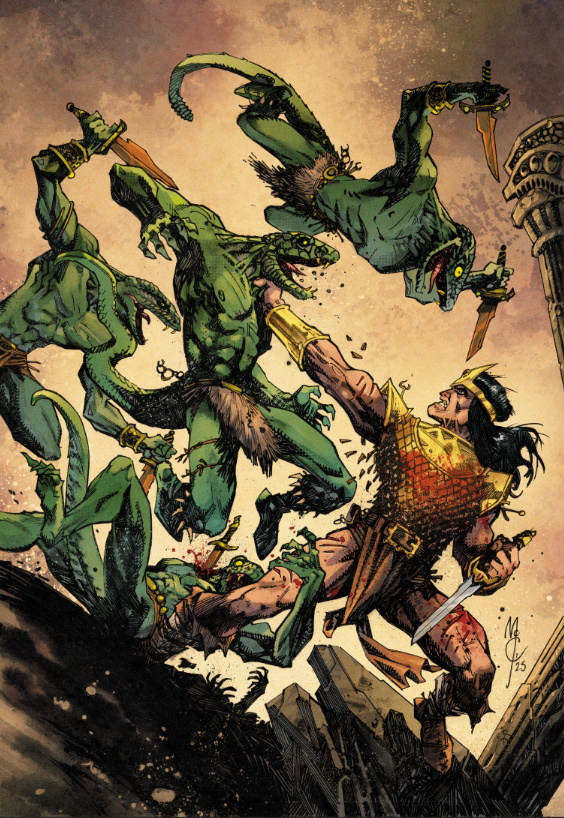
These transitions reveal the true nature of artifacts that Howard fans have encountered before but whose connections remained hidden. The dragon armband worn by Brule (described in Howard’s tales as “a bracelet of gold representing a winged dragon coiled thrice”) and Thoth-Amon’s infamous snake-coiled ring become anchors that connect vastly different epochs through the serpent mythos.
Of course, the recurring motif of the serpent coiled three times is no coincidence. In fact, the serpent’s influence carries with it a growing sense of dread reminiscent of the strands of horror that Howard’s friend and correspondent, H.P. Lovecraft, was a master of creating. Yet, Zub still finds a way to differentiate how this horror manifests for our heroes.
“I’m bringing in a Lovecraft mood—the dread and cosmic horror of it all—tempered with Howard-centric bold action,” Zub explains. “Characters in a Lovecraft story usually crumble into madness, while Howard’s characters charge forth into the fray, even if it means certain death.”
What connects these three eras? What is the grand design that links the snake-demon in Conan’s wound to ancient Valusia and modern America? Zub offers only this tantalizing promise: “By the end of this event, readers will understand what Set’s grand plan is, even while the heroes involved struggle to keep up.”
But to truly grasp the enormity of what’s unfolding in Scourge of the Serpent, we must first understand the architects of this cosmic conspiracy. Just who are these Serpent Men that have haunted Howard’s mythology since “The Shadow Kingdom”?
Who are the Serpent Men?
Long before Conan drew his first breath, in the forgotten age of Atlantis, Robert E. Howard crafted one of his most enduring and terrifying creations: the Serpent Men. First appearing in “The Shadow Kingdom,” these ancient beings represent Howard’s most perfect fusion of cosmic horror and sword-swinging adventure: creatures that slither through the shadows of civilization itself.
The Serpent Men are masters of deception, capable of assuming human form with such precision that only a few can detect their presence. They infiltrate the highest echelons of power, replacing kings, priests, and nobles with their own kind. Their ultimate goal? The domination of mankind under the cold, reptilian gaze of their serpent god, Set.
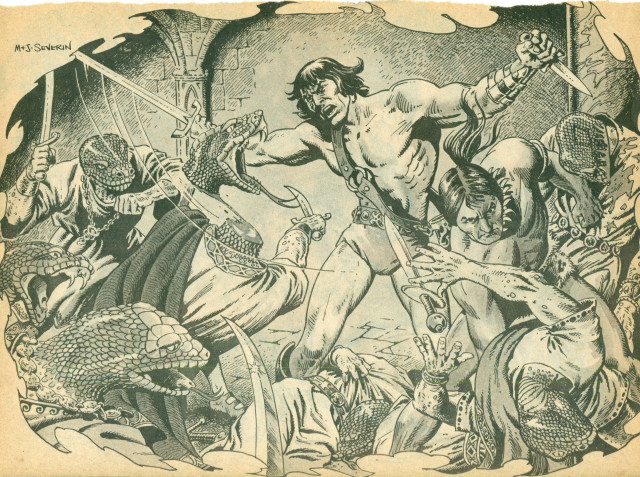
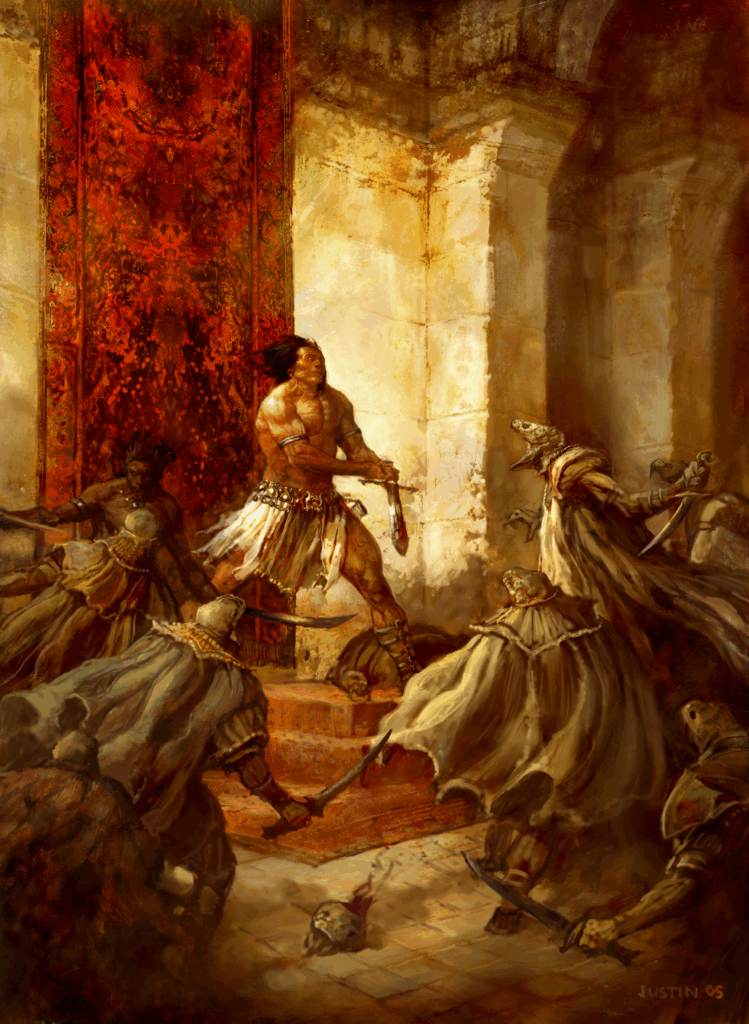
“Howard plays with concepts of evolution-devolution and reincarnation in ways that are endlessly fascinating to explore,” notes Jim Zub, “especially when played alongside a serpent motif, things like the ouroboros—a snake eating its own tail in an endless loop—and the physical world versus spirit realms.”
This cyclical nature of the Serpent Men’s threat makes them uniquely suited to spanning Howard’s entire mythological timeline. From the Thurian Age, where they first challenged King Kull, to the Hyborian Age where they continued their schemes against mankind, to even more recent eras, as the serpent’s coils never truly loosen their grip on humanity.
Unlike many supernatural threats in fiction, the Serpent Men represent not just physical danger but the corruption of social structures. They don’t merely kill. Instead, they replace, infiltrate, and corrupt. As Zub explains: “The duplicitous nature of the Serpent Men is a poignant way of symbolizing the deceptive and immoral hierarchies of civilization. Who can you trust in matters of money and power? What good are laws if they’re enforced by degenerate men with cruel intent?”
And now, as Scourge of the Serpent approaches, we stand at the threshold of an unprecedented exploration of Set’s influence across Howard’s entire mythology. The ancient evil that began in the Thurian Age is about to reveal its grand design, and who is there to stop it?
Conan the Barbarian, but in a way you’ve never seen him before. Is he up to the task?
Young Conan the Barbarian is Soon to Face his Toughest Challenge
After encountering the serpent’s influence throughout his adventures, the Conan we meet in Scourge of the Serpent is unlike any version we’ve seen in the ongoing series. This is Conan at eighteen: raw, unrefined, and dangerously confident.
“Young Conan is far more brash than the veteran warrior or king he will become,” Zub explains. “His wanderlust and taste for danger are even more pronounced in his youth, and that kind of character is fun to write because their boldness effortlessly drives the storytelling into exciting places.”
This younger Conan possesses what Zub describes as a “naïve intensity”. “In short, Conan takes no shit, even when it gets him into tons of trouble, and I love writing him bold and barbaric.” Zub says.
It’s this combustible combination of youthful arrogance and primal instinct that leads our hero into the Numalia museum heist that kicks off our Free Comic Book Day adventure.
After breaking into the manor house of a Nemedian noble named Aztrias Petanius and finding no treasures worth stealing, Conan finds himself entangled in a scheme to steal a priceless Zamorian goblet from a nearby museum. What seems like a straightforward heist quickly spirals into something far more sinister, as ancient forces converge from across time itself.
The story draws heavily from Howard’s classic tale “God in the Bowl,” which Zub notes is “kind of an odd Conan story in that it’s more of a police procedural than a typical sword & sorcery tale.” But this unusual structure provides rich territory for exploring young Conan’s worldview: “It’s illuminating in terms of young Conan’s approach to the civilized world and his inability to understand their systems—justice vs law, truth vs corruption.”
Meanwhile, in the distant Thurian Age, another warrior faces his own confrontation with serpent-kind. Brule the Spear-Slayer, first introduced in Howard’s seminal story “The Shadow Kingdom,” makes his way to meet King Kull for the first time. “The Brule we saw in The Age Unconquered was much further along in his journey,” Zub points out, “so it’s fun to explore the younger and more militant version here when he first meets Kull. Both of them are idealistic in ways that will temper with age, but in this story they’re both explosive in their own way.”
What makes Brule such a compelling parallel to Conan? According to Zub, it’s that he’s “steadfast in his mission” and “absolutely the guy you want at your back when shit hits the fan.”
These two warriors, separated by thousands of years yet connected by the serpent’s coil, form two points of a triangle completed by John Kirowan in the 1930s. All three stories spring from Howard’s foundational texts: “The Shadow Kingdom,” “God in the Bowl,” and “The Haunter of the Ring.”
“The core narrative of Scourge of the Serpent is built on the foundation of these three stories,” Zub reveals, “but I use themes and concepts from Kings of the Night and other Howard tales as well.” This unprecedented interweaving of Howard’s mythology creates something that is both faithful to the source material and entirely new.
As for the significance of this Free Comic Book Day issue? Zub leaves no doubt: Scourge of the Serpent is absolutely key to my future plans for Conan the Barbarian and the ‘Howard-verse’. It’s an important ‘card turn’ in the big game and makes it clear what is at stake for the Cimmerian and mankind as a whole.”
The serpent’s coils are tightening. Set’s plan unfolds. And on Free Comic Book Day, you’ll be there to witness it – absolutely free.
May 3rd, 2025. Mark it. Calendar it. Set a blood oath if you must.
Don’t scramble for back issues later. Don’t wade through second-hand summaries online. Be there when Scourge of the Serpent is released.


Lo Terry
In his effort to help Heroic Signatures tell legendary stories, Lo Terry does a lot. Sometimes, that means spearheading an innovative, AI-driven tavern adventure. In others it means writing words in the voice of a mischievous merchant for people to chuckle at. It's a fun time.


